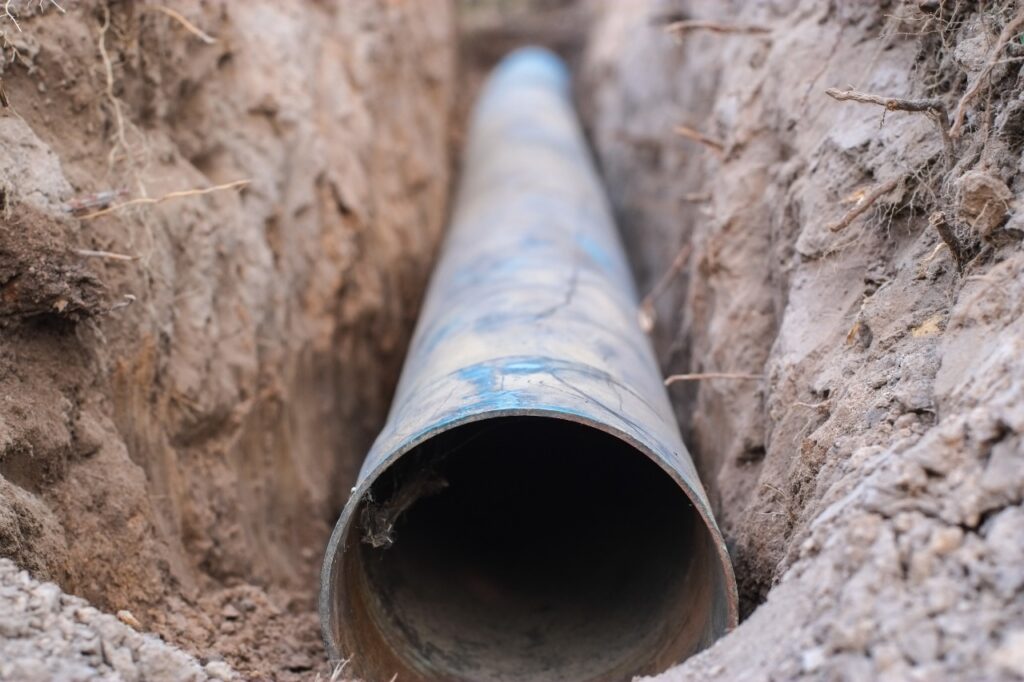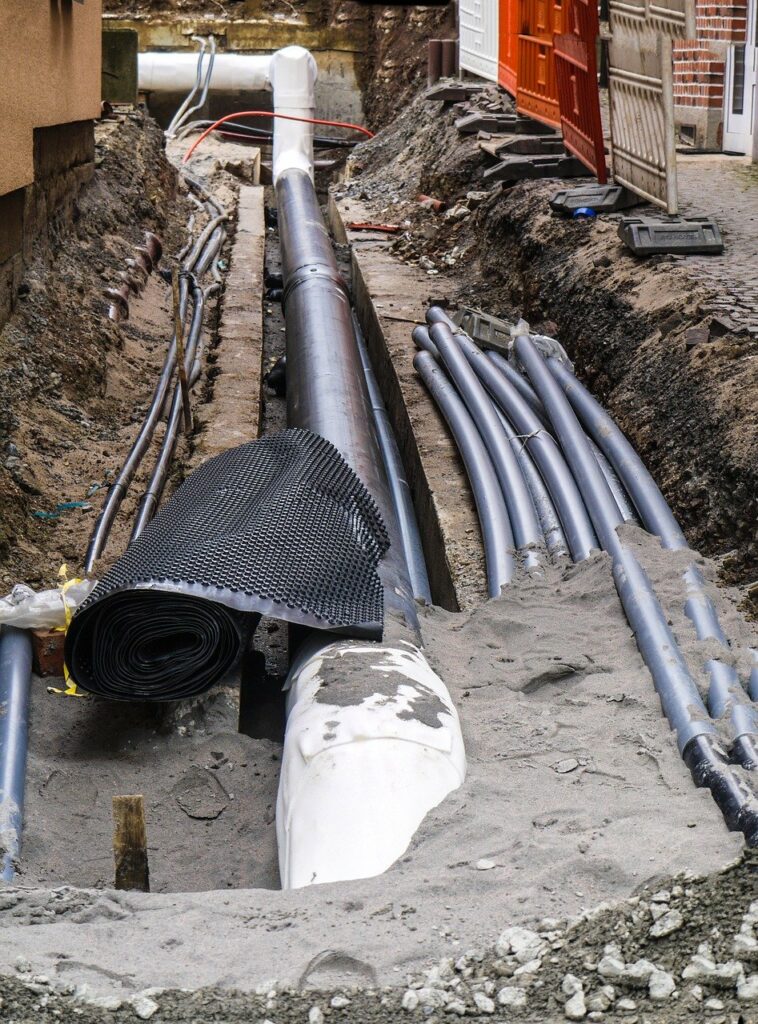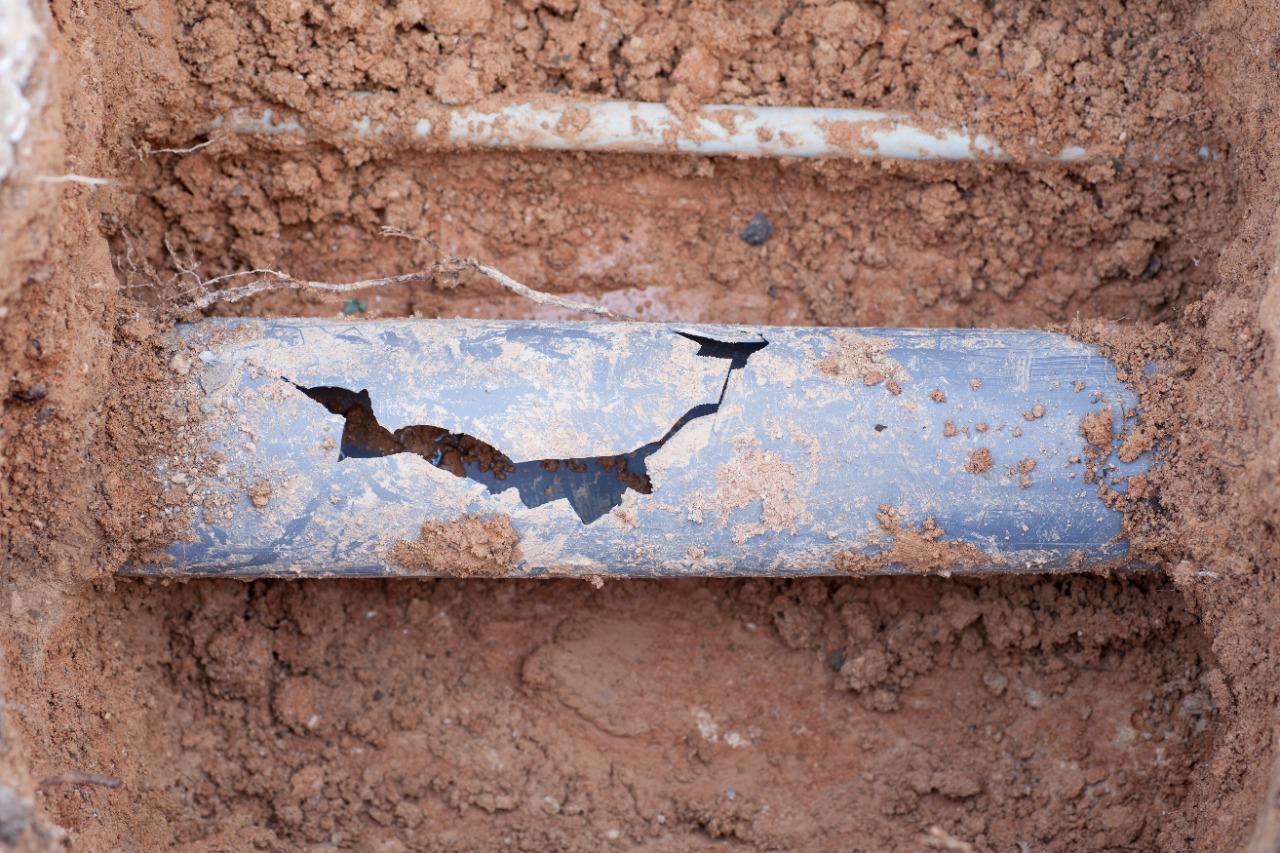Your plumbing system may have always been there, providing clean water and removing wastewater from your home. However, it will wear out over time, and you’ll experience pipe issues warranting repair or replacement of the entire pipe. And this can be quite messy and expensive.
Fortunately, there’s a more convenient and modern way to repair and restore damaged pipes—cured-in-place pipe (CIPP) liners. This article will take a closer look at the basics of CIPP liners and how to choose the right one for your pipe rehab project.
What Are CIPP Liners?
CIPP lining is a new method of rehabilitating pipes via a trench-less process. It aims to repair and restore existing plumbing pipes using liquid resin and a textile liner tube.
A technician inserts a resin-reinforced liner through the existing pipe. It is then cured to create a durable and seamless pipe-within-a-pipe system. CIPP works on almost any plumbing pipes, vertical or horizontal, from as small as half an inch to as large as 48 inches.
Using horizontal and vertical cured-in-place liners, you can efficiently solve the challenges of failing plumbing pipes with lateral connections.
4 Tips To Choose The Right CIPP Liners
1. Understand The Project
Before choosing a CIPP liner, it’s essential to consider the project’s specifics. You need to consider several variables, including the time of the year, external temperature, geographic location, and so much more.
You can consult a liner manufacturer to help determine the best solution or a mix of products for your specific CIPP installation.

2. Learn Your Options
Depending on the needs of your pipes, there are several types of CIPP liners you need to consider. Here are the three kinds of CIPP liners to choose from:
Epoxy Resin
This is the most expensive type of CIPP liner. It doesn’t shrink during the curing process and doesn’t produce volatile organic compounds (VOCs), dangerous fumes, and other harmful substances that may get into your water or harm the environment. This makes epoxy resin the preferred choice for indoor plumbing pipes on both residential and commercial properties.
Unlike other types of CIPP liners, epoxy resin can’t be premixed and can’t be presoaked before transport. It should be mixed on-site due to its short curing times. This means that resin cures fairly quickly, allowing the pipes to be restored and fully functional in just a few hours.
Polyester Resin
Polyester resin is a good option if you’re on a budget. This cheap CIPP liner material is primarily used in large municipal plumbing projects such as stormwater systems and sewer lines. It can also be mixed to change the cure time from just a few hours to several days.
That said, polyester resin is most suitable to mix in a well-ventilated area since it contains carcinogenic compounds and a strong odor, making it unsafe. It also tends to shrink as it cures, making it problematic if you don’t calculate properly.
Vinyl Resin
Vinyl resin is a hybrid of the two previous CIPP liner materials. It’s the perfect choice where extreme rust and corrosion resistance is required. It’s less expensive than epoxy resin but has most of the properties of polyester resin. Thus, the vinyl resin is also prone to shrinking during the curing process. Moreover, it may produce VOCs and a noxious odor.

3. Determine Your Budget
It’s advisable to consider price quotations from all CIPP lining manufacturers and compare products to choose the right CIPP liner that fits your budget. This is particularly true for larger pipe rehabilitation projects such as pipe repair for your business plumbing.
The ideal manufacturer should offer high-quality liners at an affordable price. You also need to consider the cost of installation. Although CIPP lining is less invasive than the traditional pipe repair methods, you still need a few workers to repair, install and cure the pipe. So, make sure to consider the cost of labor and budget accordingly.
4. Check For QA/QC Procedure
During the manufacturing process, CIPP liners must be stress-tested every step. Properties such as thickness, density, strength, fiber evenness and distribution, weldability, and more.
By undergoing strict quality assurance or quality control (QA/QC), you can ensure that the liners are durable enough to withstand abuse and long-lasting.
Takeaway
CIPP liners are one of the best innovations in modern plumbing technology. It’s a reliable solution for repairing and rehabilitating old pipes, without the messiness of traditional pipe repair or replacement methods.
So, if you’re thinking of getting CIPP liners for your plumbing system, make sure to follow the above tips to choose the right liners for your needs and help avoid costly mistakes.



